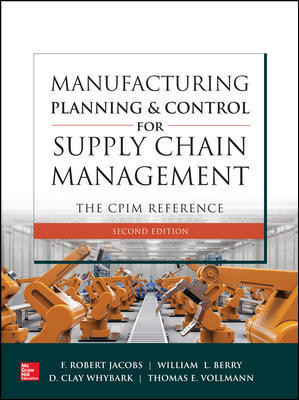Manufacturing and most service businesses lease dedicated space for their operations. Commercial landlords and tenants (hereinafter “parties”) memorialize their agreements in commercial leases. Most people are familiar with residential leases, but commercial leases and the applicable landlord-tenant law are quite different.
State law tends to protect residential tenants far more than it protects commercial tenants. Thus, commercial tenants must be more vigilant to protect their interests. Legal counsel can negotiate terms and highlight “silent leasing issues.” As the phrase implies, these terms are not stated explicitly in the lease. Nevertheless, they are important aspects of the contractual relationship. This column will consider the legal and business environment in which a lease exists. A subsequent column will explore some important terms contained in well-drafted leases.
Frequently, parties want to know whether there is a “standard lease.” While there are some basic forms, there isn’t a universal, standard commercial lease. The needs of businesses can vary, and thus, terms can differ. Frequently, landlords modify lease forms by attaching an extensive rider. In fact, the rider may be longer than the basic lease itself. The rider’s terms are part of the contract and can modify, supplement, or supersede terms in the form.
Many factors affect parties’ leverage to negotiate changes. Among other things, they include the (1) vacancy rate in the relevant geographic locale, (2) prestige of the rental space, (3) tenant mix, (4) tenant’s business and industry, and (5) tenant’s economic goodwill. A prestigious tenant can attract other tenants to the location. A prestigious address (e.g., Rodeo Drive) attracts a lot of traffic. From a practical standpoint, every term is not negotiable. Legal counsel and real estate brokers can assess the environment and, if possible, help focus negotiation on the terms that are most important to the client.
Parties should consider a variety of legal issues before entering a lease or developing a property for rental. Many, if not most, municipalities have zoning ordinances. These laws regulate what parcels of land may be used for. Property may be zoned for residential, commercial or industrial uses. It may be zoned for a mix of compatible uses. For example, property zoned for residential and commercial use can accommodate a shop downstairs and residential living upstairs.
Manufacturing and service businesses have different needs. Obviously, a prospective tenant must determine whether a space is suitable for its intended use. There are threshold legal issues though. For example, a manufacturer of heavy equipment will require sufficient infrastructure to support the delivery of raw materials, fabricating machinery, the safe disposal of waste and chemicals, a workforce, their parking, and shipment of products.
Even if a facility can be modified to accommodate specific uses, there is no guarantee that a municipality will permit it. If the locale is not zoned for it, the landlord and tenant can seek a variance from the ordinance. The municipality may require a costly and substantial modification of local infrastructure including roads, sewage lines and public works (i.e., a “development parfait”). The cost may be a deal killer. Most service business will be concerned with accommodating clientele.
Tenants should verify that a building or structure has a valid certificate of occupancy. States and many municipalities require that some businesses obtain operating permits and comply with engineering, health, and fire codes. In some instances, it is prudent to hire an engineer and the appropriate contractors to inspect and certify that rental space and equipment comply with relevant codes. Government inspectors can and do inspect premises and equipment, usually without warning and at the most inconvenient time. They can penalize noncompliance, which can be costly and disruptive.
Environmental contamination is not an issue in most leases. If, however, a previous or neighboring tenant used hazardous substances (such as refrigerants, asbestos, or heavy metals), under the doctrine of joint and several liability, a subsequent tenant who contributes a miniscule amount to such pollution may shoulder complete responsible for the previous tenant’s toxic tort! This could result in bankruptcy. As part of their due diligence, tenants should investigate environmental issues and, where appropriate, hire surveyors. If a property is polluted, find another rental.
Editor’s note: This column does not constitute legal advice.
Bryan L. Berson, Esq. is an attorney and mediator at The Berson Firm, P.C., a commercial and civil law firm specializing in business law, real estate, mediation and litigation. His e-mail is [email protected]. Connect with The Berson Firm on Facebook and Bryan on LinkedIn.



